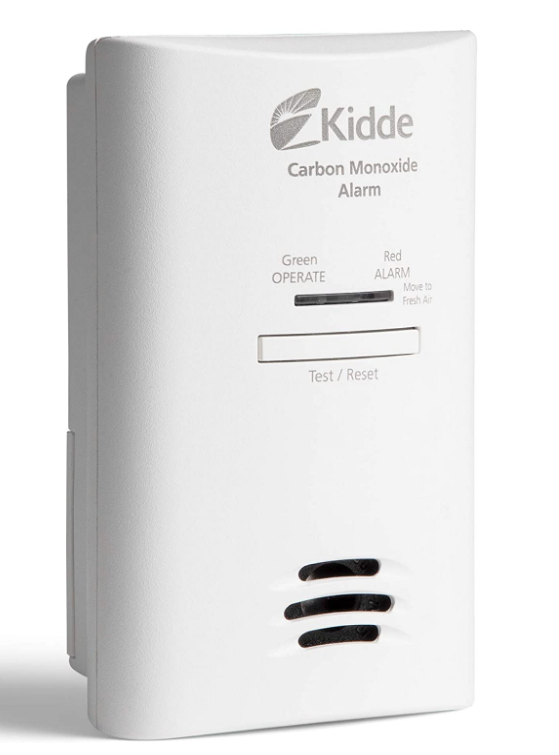Carbon monoxide (CO), as referenced on the EPA website, is a colorless, odorless gas which at high levels can cause serious illness and death. CO alarms are designed to warn you of any unusual build-up of CO in your home.
Stated in its January 18, 2001 release (CPSC Release # 01-069), the U.S. Consumer Product Safety Commission (CPSC) recommends that every home should have a carbon monoxide (CO) detector/alarm.
CO detectors should be installed according to manufacturers’ specifications. In general, a CO detector is best placed near sleeping areas, within 10 feet of a bedroom door, so that sleeping individuals would be able to hear an alarm that occurs while they’re sleeping. Ideally, a CO detector should be located on every occupied level of your home, especially occupied levels with fuel-burning appliances, and inside of any rooms located over an attached garage.
CO detectors should NOT be placed inside of an attached garage, directly above or beside fuel-fired, heating, or cooking appliances or in or near humid areas like bathrooms, or next to a window or exterior door. A CO detector should be placed at a distance of at least 15 feet or farther from fuel-fired appliances and fireplaces.
Installation heights vary by manufacturer. Therefore, it is advised to read the provided installation manual for each detector before placement.
Some mobile homes, especially older models, may have different requirements for the proper placement of CO detectors. Be sure to follow installation instructions for maximum safety.
It’s recommended to choose placement locations that are free of obstructions where the detector will stay clean and protected from adverse environmental conditions.
CO detectors should be tested monthly to ensure they are operational.
Evaluation of smoke and CO detector placement in your home is a service available from most fire departments, and many departments will actually provide and install detectors for free. Be sure to check with your local fire department to verify their specific policies.
If you live in Louisiana, all residential homes are now required to have an installed CO detector.
Effective January 1, 2023, Act 458 of the 2022 Regular Session of the Louisiana Legislature (“Act”) changes the fire and life safety requirements of one or two-family residential homes, relating to the presence of carbon monoxide (CO) detectors.
In addition, the Louisiana Uniform Construction Code Council amended the International Residential Building Code (“IRC”) with those changes also becoming effective on Jan. 1, 2023.
Please note that home inspectors are typically not required to test CO and smoke detectors as part of a standard home inspection.

